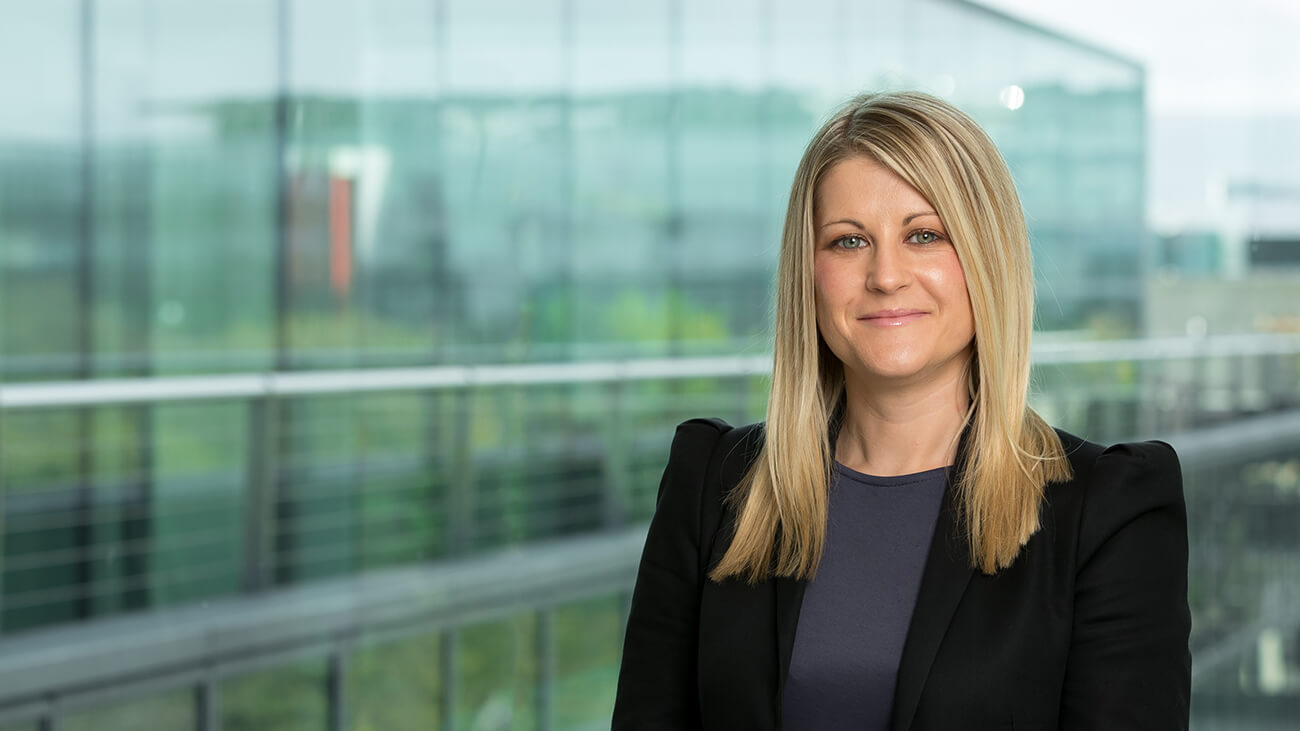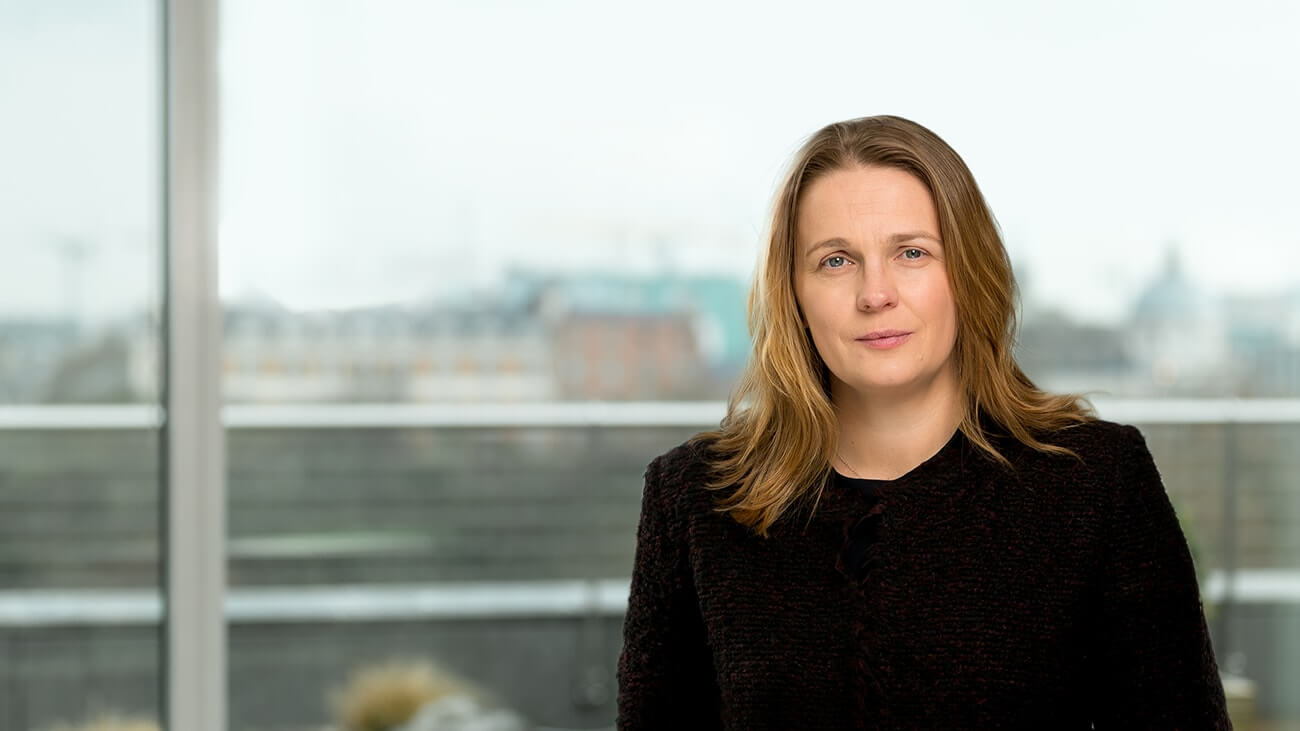Analysis & Insights
Our Thoughts on the 12th Annual Global Fund Finance Symposium
07 Feb 2023

Tina Meigh
Partner
Cayman Islands
+1 345 814 5242
VIEW PROFILE
Introduction
The Fund Finance Association (FFA) hosted its 12th Annual Global Fund Finance Symposium at the Fontainebleau Hotel in Miami Beach, 8-10 February 2023, and it was a resounding success. The symposium was supported by 120 sponsors and attended by a record breaking 1400 delegates from across the global fund finance community. The agenda was commercial, relevant, interesting and diverse and addressed current trends and legal developments in the industry, as well as forecasts for the rest of the financial year. All attendees gathered to learn, network and reconnect with fellow industry participants. Members of the Maples Group's Global Fund Finance team from across our network of offices were delighted to attend the symposium, and this note summarises their thoughts and key takeaways from some of the panel discussions.

Anthony Philp
Partner
Cayman Islands
+1 345 814 5547
VIEW PROFILE
PANEL: Market Evolution & Industry Perspectives
- There is a clear trend that demand for credit is outweighing available lender supply. Changing capital requirements has caused lenders to either leave the market or reassess portfolios. Due to borrowers' changing needs in this environment, has also led to a variety of requests for more bespoke structuring requirements. This has put pressure on borrowers with fewer lending options available.
- A key trend for this year will be growth, and the attendee numbers at this year's Symposium, up from 900 to 1400, are testament to this. Borrowers are expected to be extremely active with ongoing maintenance, extensions and new funds. The environment is therefore conducive for alternative lenders to step in. Funds will work with those who are collaborative and understand their needs and can structure flexible solutions.
- However, as banks are not necessarily in direct competition with non-bank lenders, it is expected that with growth there will be enough activity for all to co-exist in the space. As of right now, alternative lenders have capacity and the market is looking for it.
- We are potentially expecting to see complexity of products increase across the board, given this lender competition and urgent borrower need. On the other hand, it is also not a macroeconomic environment to innovate. Banks are expected to be conservative with their choices as to how to deploy capital.
- In an environment where most work is being carried out remotely, this conference has been extremely valuable to sponsors looking to raise capital, allowing them to get in a room once again to talk to lenders.

Matthew St-Amour
Associate
Cayman Islands
+1 345 814 4468
VIEW PROFILE
PANEL: Titans in Finance – The Rise of Private Debt
- Direct lending continues to grow and impact the fund finance market in a variety of ways. This is partly a case of investors seeking yields, but also a response to a funding gap left by banks that, generally, find themselves managing significant loan portfolios on balance sheet and, in many cases, have reached capacity and exposure limits.
- The private credit model of deploying capital to hold upfront versus the original distribution bank model also has key advantages – principally there is less pressure on upfront fees as the income stream can be spread out over the life of the product. This is an obvious attraction for sponsors who, likewise, want to spread costs and avoid significant upfront fees.
- On the flip side, the challenge for private credit is demonstrating to sponsors that they have capital commitments which can support long-term lending, as well as meeting the demands for size and scale among sponsors. With the slowdown in syndicated deals, there is still ample demand for direct lending and it will be interesting to see how the market develops and whether new entrants can find their feet quickly enough to meet this demand.
PANEL: Evolving Lender Landscape & Impacts on Balance Sheet Management
- In recent years, the fund finance market has grown exponentially and banks have waded in with significant capital to deploy. The tide is now turning and banks are facing balance sheet constraints in light of regulatory capital rules, as well as capacity issues – meaning there is a trend towards banks being much more strategic about their capital deployment.
- A space once dominated by banks is increasingly open to alternative credit providers. The most obvious is private credit as discussed above, but other solutions may also be in the pipeline – such as a potential capital markets solution as a means of freeing up balance sheet capacity.
- Whether this kind of solution materialises remains to be seen, but subscription facilities would seem well-suited given their pricing versus loss history. It also remains to be seen how this kind of solution would fit within the framework of existing fund documentation. In particular, we may see a re-focus on borrowing powers that will need to be broad enough to permit new products that may evolve to meet demand.

Arnaud Arrecgros
Partner
Luxembourg
+352 28 55 12 41
VIEW PROFILE
PANEL: Global Legal Update
- The popularity of debt capital commitments and rated-note feeders funds keeps growing, with more structures of the kind being spotted, creating some concerns relating to the uncertainty of whether these would remain enforceable in a bankruptcy scenario. While the applicable bankruptcy regime and related concerns will differ from one jurisdiction to another, it appears that the market is abiding by the same solutions to mitigate that risk: including a conversion mechanism in the fund documents from debt to equity that will automatically trigger upon the opening of insolvency proceedings, including robust waivers of defences by the investors, ensuring the issuer does not incur other material indebtedness and that they are bankruptcy remote.
- In the Cayman Islands, after two years of experience, market practice is settled and concerns relating to the registration with CIMA of funds that fall within the scope of the Private Funds Act are addressed by way of a combination of a condition precedents (to be registered) and covenant (to maintain registration). Counsels on both sides of the deal seem to be satisfied with a confirmation by email where the fund is exempted from registration.
- In Luxembourg, in the absence of major regulatory reform, the market welcomed the amendments to the law on securitisation that now offers greater flexibility to these securitisation vehicles that are more often seen in funds structures to grant security interests, originate loans and borrow from third-party lenders. A consensus was reached on the market that by referring to the terms of the fund documents (LPA and AIFM agreement – hopefully not too ambiguous) that will determine the extent that AIFM needs to be party to the contractual documents or needs to provide a side letter or a consent letter.
PANEL: Subscription Finance Hot Topics
- The market perspectives offered by the panellists were rather optimistic. There was a consensus that the market demand for subscription line facilities and NAV facilities, would keep growing (in particular for NAV facilities, now commoditised, at a faster pace). It was also noted that managers are now more innovative as to how they use the lines.
- This growth is expected despite the increase on the price of facilities, resulting from the highest interest rates. The higher interest rates have not had a deterring effect on subline facility usage and it appears we are far from the point where such use will not be economically viable. It cannot be ruled out that the increase in prices will ultimately impact utilisation, but the use of hedging products will mitigate such impact.
- There was also a consensus about industry capacity concerns that result from numerous economic and regulatory factors, on the fact that there exists different options to cure such problems, and in particular the entrance of new players in the market, such as smaller and foreign banks, alternative lenders and insurance companies.

Bianca Leacock
Associate
Cayman Islands
+ 1 345 814 5193
VIEW PROFILE
PANEL: New Suppliers of Capital in Fund Finance
- There are not many new providers in the subscription line space, however, NAV facilities are seeing a major uptick in providers due to the higher returns from lenders and a higher demand of this product from sponsors. The facilities range from relatively small facilities up to around 300 million and many in multi-currency.
- The NAV finance providers were previously a small group of lenders, likely six to 36 at most. With the growing demand of this product over the last 18 months, the number of finance providers have expanded to new entries, such as pension funds, credit asset funds and insurance providers. The new entries are due to the higher yielding product. Private credit ratings are also assisting the entry of insurance providers and other institutional investors by achieving risk-adjusted returns compared to direct lending.
- Sponsors are enjoying the flexibility of the NAV financing and how it can be utilised for portfolio growth and liquidity solutions. Given the flexibly, the sponsors are able to consider their focus and collaborate with the lender to meet both the borrower needs and investor yield targets. Some of the flexible terms have included advance rates, multi-currency and the ability for tenor to be extended. In many cases the sponsor has the upper hand as there is a buffet of NAV finance providers willing to suit the needs of the sponsor, therefore there is a push for this continued flexibility of terms. Also, with the new capital joining the market, it means that the providers are committed to fund finance, however, they must now be disciplined where that capital is being allocated.
- There is a clear appetite for NAV facilities by sponsors as it is a valuable tool in obtaining liquidity and improving investment returns, all of which are being met by the growing number of new finance providers in the market.
Vanessa Lawlor
Partner
Dublin
+353 1 619 7005
VIEW PROFILE
PANEL: Fund Manager Developments
Fundraising and the Denominator Effect
- The RIA (Registered Investment Advisor) market is undertapped, with the ability to add new products due to increasing client demand. Capital is very sticky and able to aggregate feeder funds to deploy capital across a strategy or manager. From a manager perspective, these are less cumbersome to manage with lower administrative overheads and this cost structure makes the pricing more feasible.
- There is an investor focus on distribution and liquidity with sponsors pushing for new sources of capital. Redemption requests are greatly increasing for REITs and interval funds, and the resulting chill in fund launches.
- Denominator effect and general cutbacks on both institutional and HNW commitments; impact on commitment sizes, timing considerations and first-time funds; the denominator effect leads to a tail wind for secondary transactions and also some institutional investors looking at alternatives including financing solutions.
Co-Investment
- Reduced appetite from banks leads to significant co-investment and secondary opportunities as banks need to clear their balance sheets. A tougher fundraising environment lowers GP capacity, and combined with GP Risk Committees reducing bite sizes, leads to many more co-invest opportunities as well as GPs looking to sell down pieces of their portfolios to reduce concentration or to free up capital, which results in an increase in GP-led secondary opportunities. Longer fundraising timelines mean existing funds need to carefully manage dry powder, also leading to more co-investment in existing funds.
TopCo Financing
- From 2020, NAV financing has evolved from interest in back-up credit lines to growing acceptance of this as a tool within a fund's capital stack.
- Uses include dividend recapitalisations and downstream investment in companies for tac-on acquisitions, platform buildout or new acquisitions. There is also a growing interest in dividend recaps given current market dynamics around distributions and capital calls / fundraising.
- Also of note, is the entrance of new participants in the market, including non-bank / alternative lenders such as insurance companies and specialty finance / structured credit funds. This is resulting in changes around collateral packages with notable differences between lender covenants, security packages and pricing.
Fund Formation Developments
- Recent developments in Irish fund formation include the reform of the Investment Limited Partnership ("ILPs") to provide a viable regulated partnership option. ICAVs are still a popular Irish fund option. It is key that fund formation documents of ICAVs and ILPs hardwire in consents / provisions for fund financing across the spectrum of products, i.e. subscription line facilities / NAV / Hybrid including permitting the provision of security / collateral.
- There is more focus on co-investment and investors requesting more programmatic solutions, including special vehicles that are approved at the time of making the initial commitment to the flagship funds.
- The US market is seeing increased regulatory scrutiny with The New Marketing Rule having had a significant impact on marketing materials. Hand-in-hand with LP demands for additional reporting and transparency, comes ESG and diversity, equity and inclusion considerations.
- Secondary transactions, continuation funds and liquidity solutions have become much more prominent and provisions being negotiated upfront.
- Sponsors are engaging in stake sales and preferred equity / private placement financings while balance sheets are being utilised to warehouse assets and bolster employee perks.

Alma O'Sullivan
Partner
Dublin
+353 1 619 2055
VIEW PROFILE
PANEL: FF Market Update, ESG and Macro Developments
- Consensus shows that the lender finance market has widened but there has been a slowdown in deal flow.
- The scale of the fund finance market is expanding with an increase in market participants. One driver for the increase in participants is the attractive rate of return relative to the credit risk.
- Alternative lenders are filling gaps in liquidity and willing to be flexible on structuring. Increase in GP facilities last year.
- ESG factors are important in the market but the consensus is that a holistic approach needs to be taken rather than viewing ESG factors in a vacuum. There is an expectation that managers have considered ESG factors and those factors have been implemented into the traditional investment analysis. There is also an expectation that managers have an ESG framework in place.
- Predictions are for more flow in the capital markets (debt, equity, IPOs and M&A) this year.
Robin Gibb
Associate
Cayman Islands
+1 345 814 5569
VIEW PROFILE
PANEL: NAV Hybrids and Preferred Equity: An International Perspective
- Given there were four NAV-related panels at the conference, it was clear this is a topic that is only increasing in popularity. In the current climate of reduced liquidity, it has become all the more important for funds to be able to provide distributions back to investors and these later-in-life products provide a useful means to do so.
- The difficulty remains in trying to pin down what NAV and hybrid facilities and preferred equity look like from deal to deal; but the flexibility offered by these products and the structuring around such financing is the key to what makes this a burgeoning space. However, this bespoke nature means it will continue to be difficult to scale the product for lenders (thereby bringing down costs) and to create a consistent set of metrics, documentation and collateral packages around such products.
- Fund documentation is catching up though and, much like the addition of powers for a fund's entry into subscription line facilities has become established in LPAs over the past decade, movement is being made to allow for NAV facilities to be part of the basket of products the GP can seek to utilise under the LPA. Balance with the LPs' consent rights remains an issue and LPs are reluctant to give the GP carte blanche routes to implement such facilities in the current higher interest rate environment.
- While there may be increased caution by GPs in implementing leverage in the current economic climate, and concern was raised over the risk of a fund's assets being overvalued in such a private market, there was consistency in the view that this space in the fund finance market will continue to grow given the need for liquidity.
To view our Fund Finance newsletters and video series, visit our Fund Finance page.

















